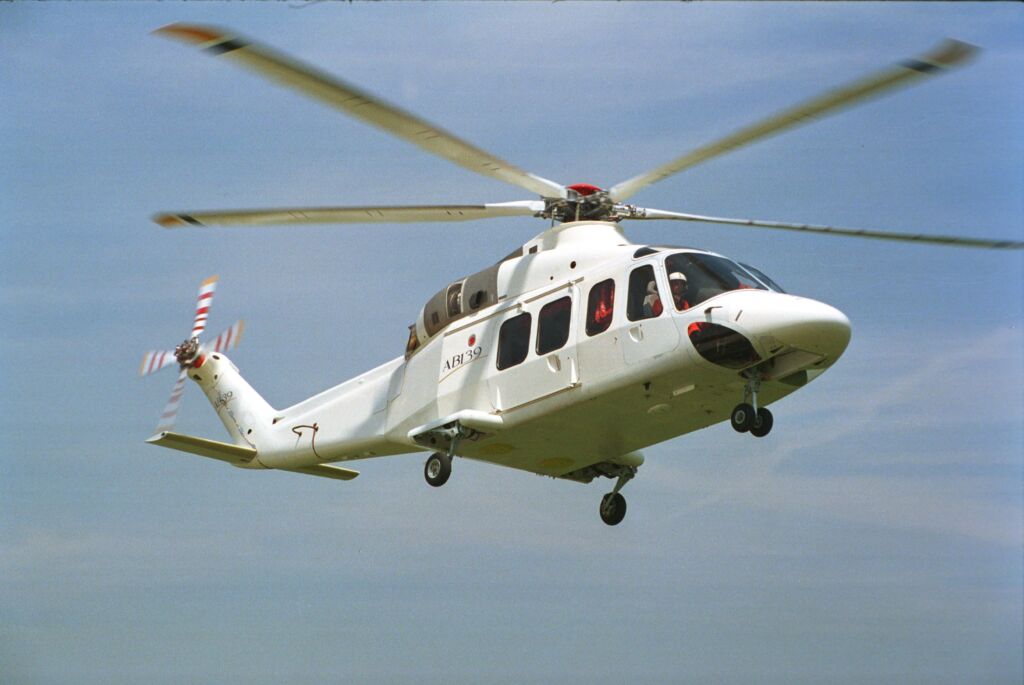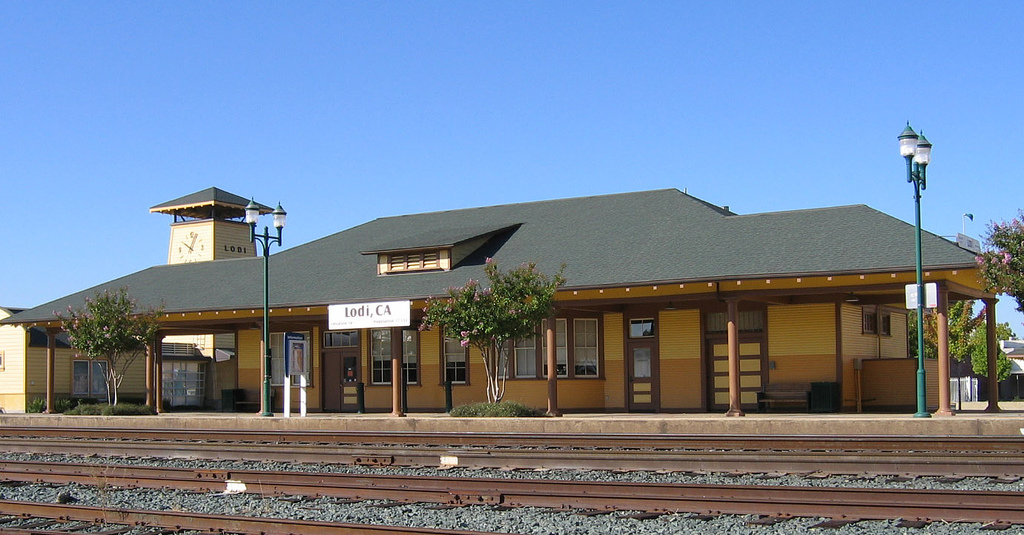Leonardo Celebrates 20th Anniversary of AW139 Helicopter First Flight
Leonardo celebrates today the 20th anniversary of the AW139 helicopter’s maiden flight. The first aircraft took to the skies from the Company’s facility in Cascina Costa di Samarate, Italy on 3 February 2001. The helicopter…

